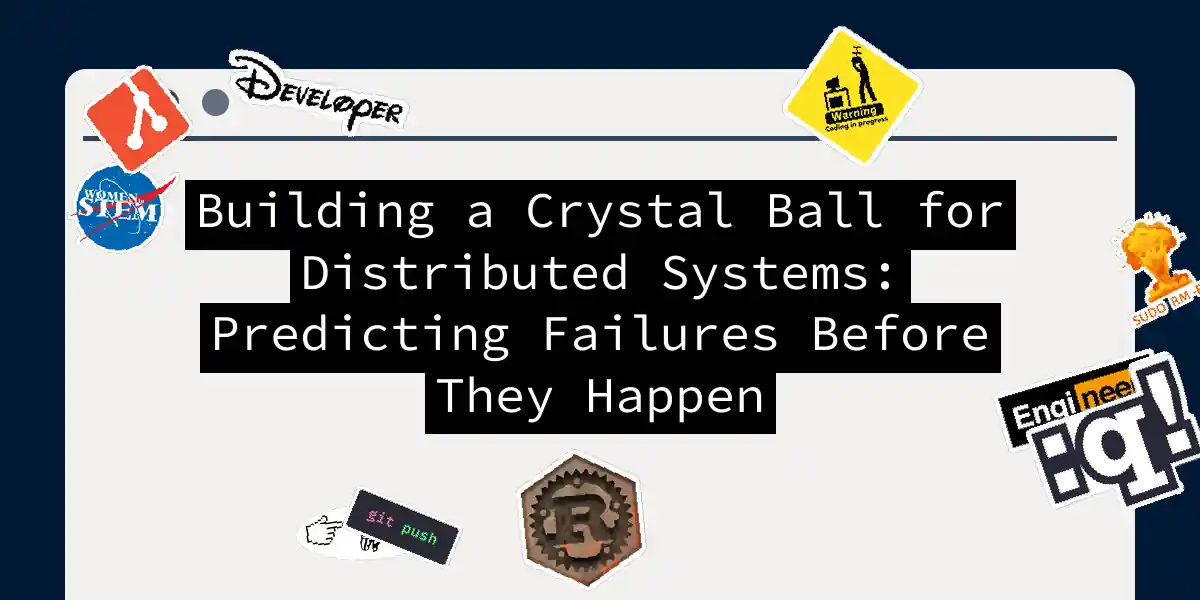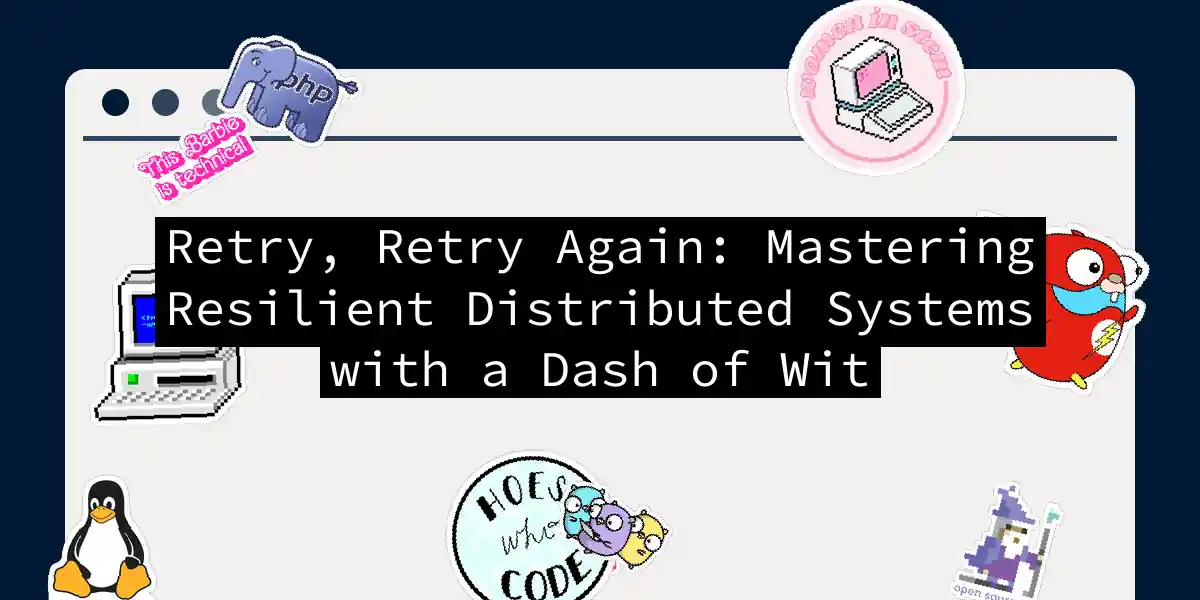
The Art of Breaking Things: Learning from Controlled Failures
Embrace the Glorious Crash Picture this: you’re sipping coffee, code flowing like poetry, when suddenly—poof—your application nosedives into the digital abyss. Heart-stopping? Absolutely. But what if I told you these fiery crashes are your secret weapon? Welcome to controlled demolition for software, where we break things strategically to build indestructible systems. Failures aren’t disasters; they’re free lessons wrapped in error messages. As one industry analysis notes, most catastrophic software failures stem from tiny, preventable glitches....



